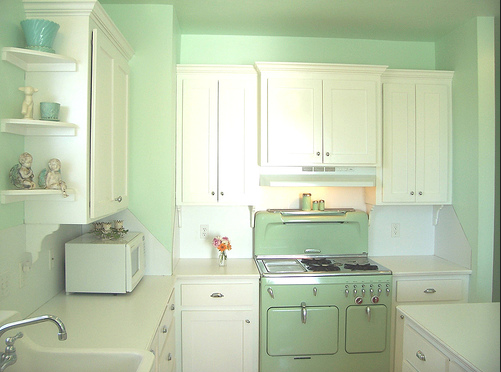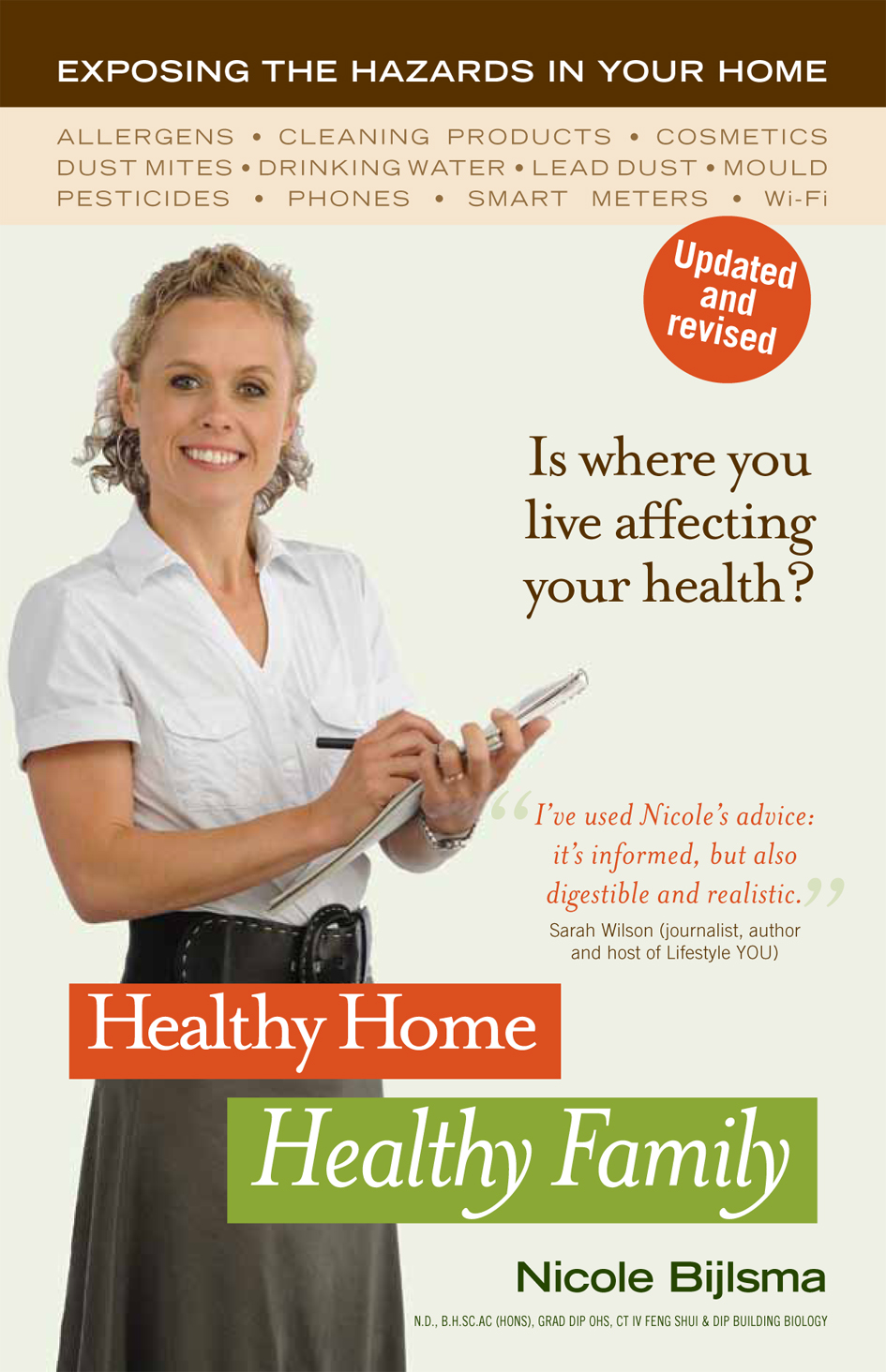So last week I introduced you to my latest project: setting up the cleanest, most economical, sustainable, toxin-free home I can. You can catch up here. My Simple Home is my latest campaign and I’m fired up to get people on board, to think about how to make simple, conscious decisions that can have big impact, and I’m doing a series that follows my own journey with my own apartment.

First up I’m going to target my kitchen. My new kitchen is, well, pretty new. It was renovated nine years ago and I don’t want to do too much to mess with it. I don’t want to waste resources when it’s functioning pretty well. The idea of tossing stuff out that still works, even if it’s not the ideal choice….I find it abhorrent. The impact on the planet, our health and our conscience of tossing, faaaaaar outweighs any benefits gleaned from a cleaner, new option. That said, I have a few issues with my appliances and this whole process is about weighing up different factors: ethical, environmental, health and financial. There is no easy answer…it’s about being conscious and caring! So I invited building biologist Nicole Bijlsma in to give an overview of what’s at play. (PS Excuse the jump and Jo’s finger that
swiped across the screen at one point.)
[youtube]http://www.youtube.com/watch?v=KDF5lcz7q30[/youtube]
I should point out, Nicole is based in Melbourne and can do a report on your home anywhere in Australia. Simply contact her here for more information. The salient points from our chat are these:
* Induction is the answer.
Induction cooktops are incredibly efficient and really responsive (a whole heap of chefs and foodies opt for them at home). Plus they are much much healthier than gas stoves. Gas stoves emit NO2, shown to cause respiratory issues, as well as methane, which is greenhouse gas. There is some debate about induction stoves emitting EMFs. But the science is far, far from conclusive. Nicole suggested that if you have concerns…stand back from the stove when it’s on – it reduces the EMFs by about 90%, to a negligible level.
* Flashing digital stuff on the front of stoves and fridges etc is problematic.
Try to avoid them. If you already have them, stand back from them when cooking. Nicole adds: digital clocks are notorious for creating high level magnetic fields and consequently you should not stand directly in front of them for any length of period of time. For example, standing at the kitchen bench preparing food which is directly in front of the dishwasher will expose your reproductive organs to high fields. The World Health Organisation classified 50Hz magnetic fields as possibly carcinogenic to humans in 2002.
* Ventilation is king.
* My slow cooker is great.
* Down-lighting: LEDs are best.
LEDs emit the lowest electromagnetic fields. Compact fluorescent lamps and halogen down lights can be an issue with people with Electrical Hypersensitivity.
* Nicole also shares tips on how to buy a water filter (and why you should).
Bear in mind flouride is terrible for anyone with thyroid issues. Nicole actually mentions the folk at Clarence Water Filters are great. Try their Under sink system to remove most of the fluoride without any waste water, or their Bench top unit to remove fluoride without waste water.
For more of Nicole’s tips on drinking water click here.
And here’s the EWG’s guide to selecting a water filter.
For some added value, I thought I’d throw in some extra tips pertaining to the kitchen. I’m collating these as I go, learning along the way. Please feel free to add anything you’ve learned from renovating or making healthy home changes…
1. Choose dishcloths over paper towels. Green Magazine has done the research. Dishcloths outlive their paper counterparts, so the impact of their production is less per use. Although dishcloths require regular washing, green laundry habits can minimise water and energy use. So to be a truly green cleaning machine, stick to re-usable cloths that come from the most sustainable sources or, best of all, make your own from old clothes and towels, and compost when you’ve finished with them.
For more kitchen tips from Nicole, check out this page on her site.
Nicole is also giving away three copies of her Healthy Homes Healthy Family book on my site today. If you’d like to get hold of a copy, simply add a comment below.
And if you’re in Sydney, why not go down to the Sydney Exhibition Centre this week (6 – 8 Feb) and check out the Australian International Furniture Fair, and Decoration + Design, two international furniture and furnishing trade fairs. Specifically the International Industry Seminar Series, covering a range of topics including sustainability and health. (The series is headlined this year by Abigail Ahern (UK) and Mark Woodman (USA), joined by Greg Natale, Amanda Talbot, and Melissa Wittig, whose seminar is very much focussed on health.)
For information, or to register to visit, go here.


